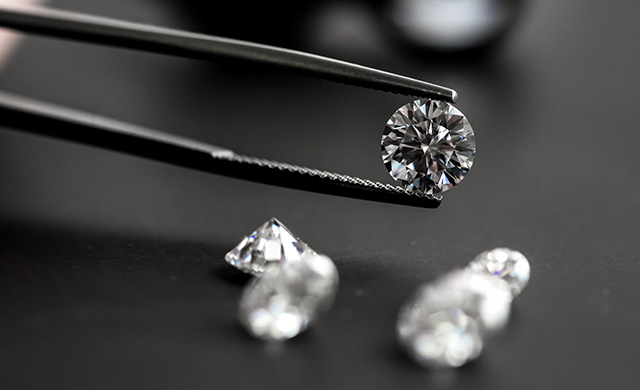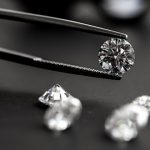
Scientists develop method of creating diamonds using microwaves
Thursday, May 24, 2018 by David Williams
http://www.products.news/2018-05-24-scientists-develop-method-of-creating-diamonds-in-a-microwave.html

What keeps the multi-billion-dollar diamond industry going? Lots of different factors, to be sure – sales of natural diamonds being one of them. Now there’s one thing that’s beginning to threaten the dominance of traditional, mined-from-the-Earth type of diamonds on the market. And it’s none other than the existence of man-made synthetic diamonds that were grown in a lab. Yes, they’re real, and more and more of them are being sold every day.
It is said that about one out of every four diamonds sold all over the world fall under the category of “blood diamonds,” which are those sourced from war zones and are effectively used to finance currently ongoing civil wars and conflicts. Many people prefer not to support the blood diamond industry, and would rather only purchase and use diamonds that are deemed “conflict-free” or clean. But the problem is that it has now become a lot harder to determine which diamonds are clean and which ones are dirty, among natural ones that have been mined from the ground.
And this is where man-made diamonds come in. It doesn’t constitute a sizable part of the overall market yet, but it seems to be headed that way, slowly but surely. Lab-grown diamonds are said to offer an alternative to natural Earth-sourced diamonds that is not only cheaper but also more environmentally friendly. So an increasing number of people are becoming attracted to them. (Related: Synthetic diamond material makes code-breaking quantum computing one step closer to reality.)
A few decades ago, the subject of growing diamonds in a lab setting was something that probably never would have come up in any conversation about the precious gemstones. But as you read this, the burgeoning industry continues its steady growth. And the industry as a whole has begun to take notice.
How they make them
Part of the reason why interest in synthetic diamonds has grown so steadily over the years is the fact that scientists have come up with very effective methods of creating them. In particular, lab-grown diamonds are a lot closer to natural diamonds than other artificial diamond options, in that they have pretty much the same physical structures and chemical composition as Earth-based ones. And the way they are made sounds so simple that you might think of it as untrue.
The process for making artificial diamonds that are an exact match for natural ones that have been pulled out from the ground involves using so-called carbon seeds, or small fragments of diamond, into a microwave. There, it will interact with a varying amount of a certain carbon-heavy gas, and the usual choice for it is methane.
The mixture of gas gets heated in the microwave to very high temperatures to produce a plasma ball. Once it materializes, the gas breaks down, and then the carbon atoms will start to crystallize and then accumulate on the diamond seed, which ends up causing it to grow.
On average, this process usually takes up to 10 long weeks before it can produce a marketable diamond. But it is said that the success rate is so high that by the time the marketable diamonds are created, it becomes practically impossible to tell them apart from natural diamonds that were taken from riverbeds or mines.
So far, the market for synthetic diamonds pales in comparison to the overall size of the global diamond market. But if the technology and methods that allow them to exist keep getting better, there’s no doubt that they could one day take over as the gems of choices for more discerning individuals.
Read more about war and conflict zones in CivilWar.news.
Sources include:
Tagged Under: Tags: blood diamonds, carbon, carbon seed, cool tech, diamonds, ethical source, gems, jewelry, lab-grown diamonds, lab-grown gems, microwave, minerals, products, synthetic diamond





